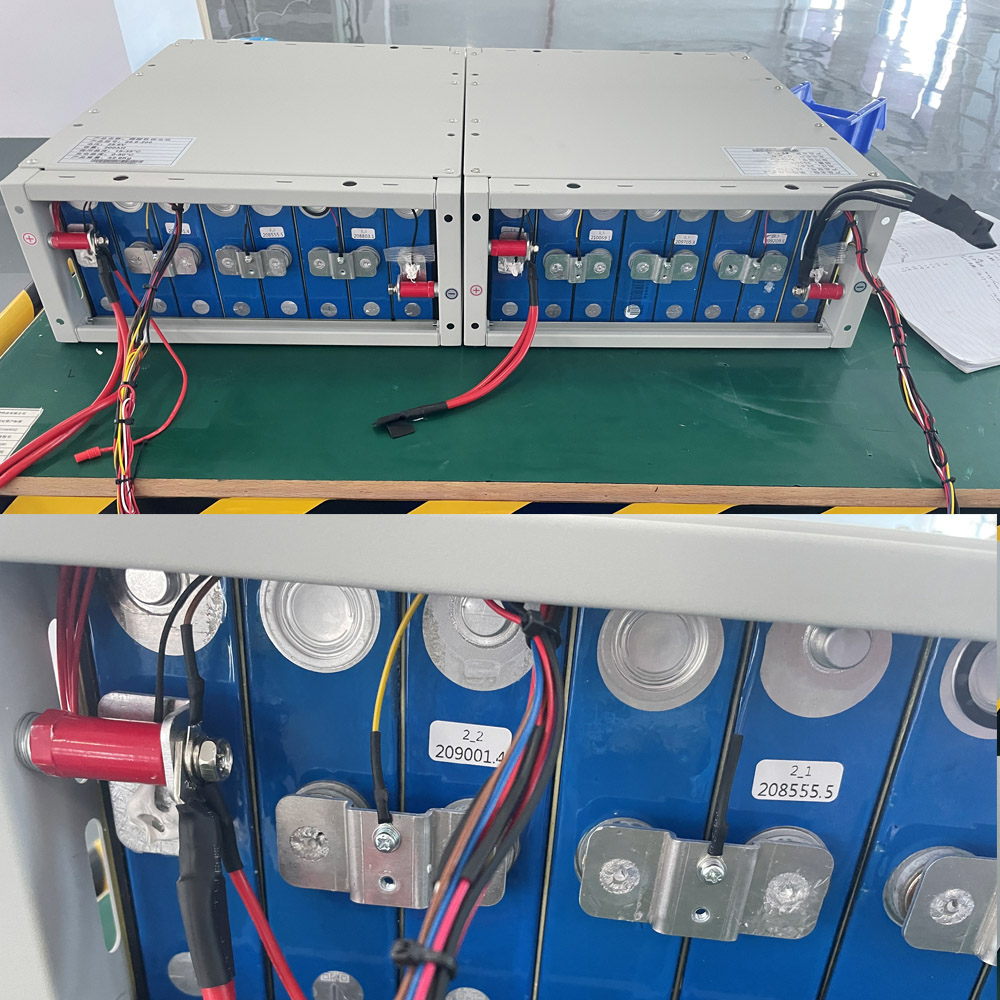When it comes to designing an electrical system that requires multiple batteries, understanding the differences between series and parallel connections is crucial. Both series and parallel configurations have their advantages and considerations, and choosing the right setup depends on your specific needs and requirements. In this article, we will delve into the details of batteries in series and parallel, explore the differences between the two, and guide you in making an informed decision.

Series Connection: Increasing Voltage
In a series connection, batteries are linked end to end, with the positive terminal of one battery connected to the negative terminal of the next. This setup increases the total voltage of the system while keeping the capacity unchanged. If use a 3.2v 15ah LiFePo4 cells. 4pcs in series. Then you will got a 12.8v 15Ah LIFePo4 battery pack.
Advantages of Series Connection
- Increased Voltage: One of the primary advantages of connecting batteries in series is the higher voltage output. This configuration is beneficial in applications that require higher voltage levels to power devices or systems effectively.
- Extended Runtime: While the capacity remains the same in a series connection, the overall runtime can be extended. This is particularly useful in situations where you need a longer-lasting power supply.
Considerations for Series Connection
- Balanced Charging: When connecting batteries in series, it is crucial to ensure that they have similar capacities and states of charge. Otherwise, imbalances can occur during charging, leading to diminished performance and reduced lifespan.
- Impact of a Single Battery: In a series connection, the failure of one battery can impact the entire system. Therefore, it is important to monitor the health of individual batteries regularly to avoid potential issues.
Parallel Connection: Increasing Capacity
In a parallel connection, batteries are connected side by side, with the positive terminals linked together and the negative terminals linked together. This setup increases the total capacity of the system while keeping the voltage unchanged. If use 2pcs 3.2v 15Ah LiFePo4 33140 cells in parallel. You will have a 3.2v 30Ah battery pack.
Advantages of Parallel Connection
- Increased Capacity: Connecting batteries in parallel provides a higher overall capacity. This configuration is beneficial when you need a longer runtime or higher energy output.
- Enhanced Reliability: Parallel connections offer improved reliability as the load is distributed across multiple batteries. If one battery fails, the others continue to provide power, ensuring uninterrupted operation.
Considerations for Parallel Connection
- Balanced Capacity: When connecting batteries in parallel, it is important to ensure that they have similar capacities. Mismatched capacities can lead to imbalances during charging and discharging, affecting overall performance.
- Charging Current: Charging multiple batteries in parallel requires a charger capable of delivering a higher current. Ensure that your charging system can handle the combined capacity of the parallel batteries.
Series vs. Parallel: Making the Right Choice
Choosing between series and parallel connections depends on the specific requirements of your application. Consider the following factors:
- Voltage Requirement: If your system requires higher voltage, a series connection is suitable. This is often the case in applications such as electric vehicles or high-power equipment.
- Capacity Demand: When extended runtime or higher energy output is essential, a parallel connection is preferable. This configuration is commonly used in renewable energy storage systems or applications requiring long-lasting power.
- System Flexibility: In some cases, a combination of series and parallel connections may be necessary to achieve the desired voltage and capacity. This approach offers flexibility and customization options for specific requirements.
Conclusion
Understanding the distinctions between series and parallel connections is vital when working with multiple batteries in an electrical system. Series connections increase voltage, while parallel connections enhance capacity. By considering the voltage requirements, capacity demands, and system flexibility, you can determine the

Leave A Comment